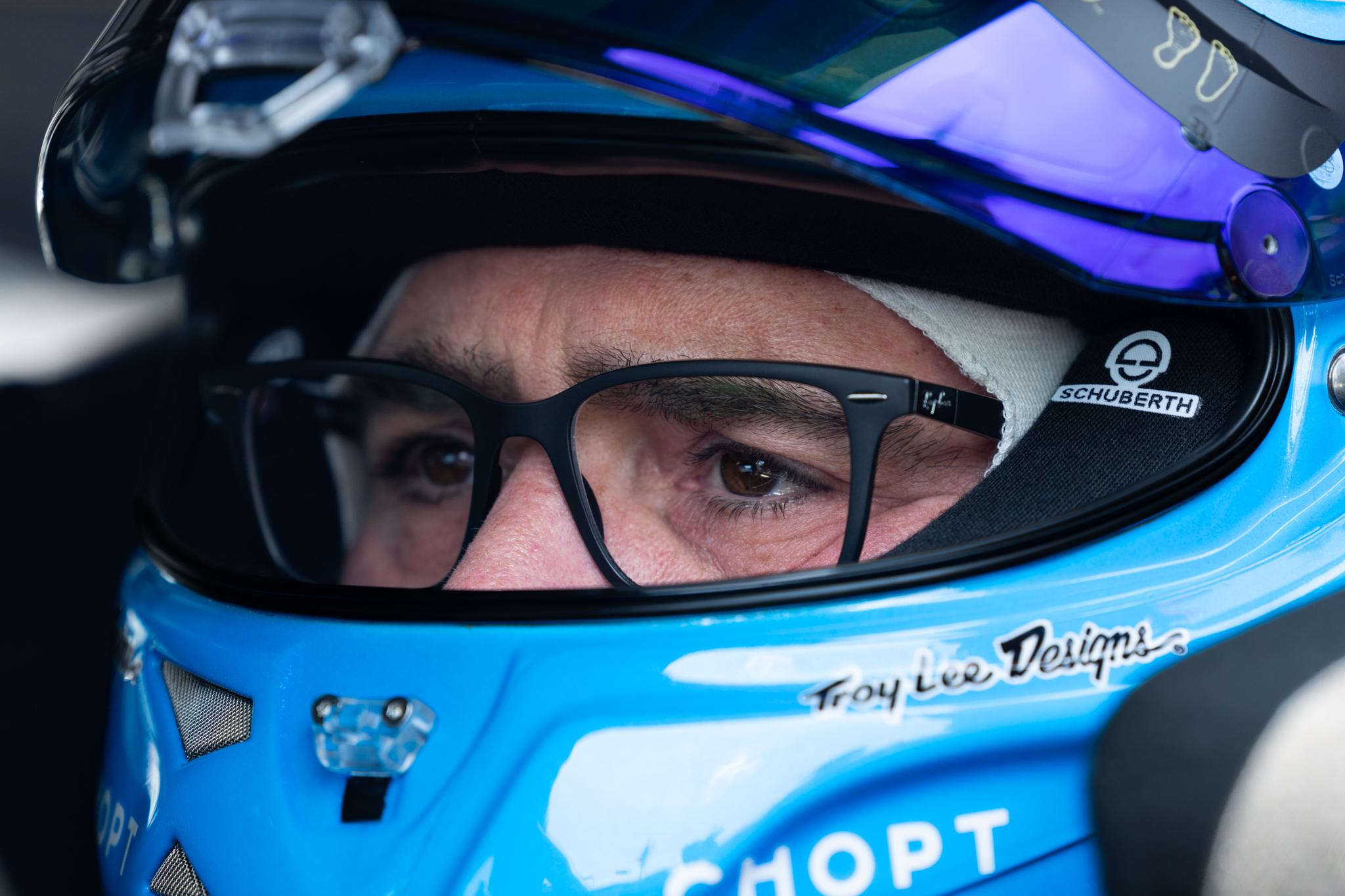How many car companies are in NASCAR?


Unraveling the World of High-Speed Racing
You’ve probably wondered, “How many car companies are in NASCAR?” especially if you’re a fan of high-speed racing or someone considering delving into the world of motorsports.
There are currently three primary car companies that participate in NASCAR’s premier series.
Table of Contents
A Detailed Explanation of Car Companies in NASCAR
The History and Dominance of Chevrolet in NASCAR
Chevrolet, often referred to as Chevy, is one of the leading car companies in NASCAR and has been a prominent figure in the sport for decades. Since its inception in the racing world, Chevrolet has managed to snag numerous championships and is considered a staple in the NASCAR community. Their cars, such as the Chevrolet Camaro, have become synonymous with speed and success on the racetrack.
Ford’s Steady Presence in Racing
Ford has had a continuous presence in NASCAR, representing American craftsmanship and innovation. With a history stretching back to the early days of stock car racing, Ford has maintained a competitive edge, often pushing the boundaries of what’s possible in terms of speed and engineering. Models like the Ford Mustang are a testament to the company’s commitment to excellence in the racing arena.
Toyota’s Modern Emergence and Impact
Toyota, a Japanese brand, made its foray into NASCAR much later than its American counterparts. However, since joining the ranks, Toyota has made significant strides, challenging traditional frontrunners and establishing itself as a force to be reckoned with. Their commitment to technology and innovation has given the older participants a run for their money.
Here’s everything else you need to know about the dynamics between these car companies and their relation to NASCAR.
The Fierce Rivalry Between Chevrolet, Ford, and Toyota
Every sport has its rivalries, and NASCAR is no exception. The competition between Chevrolet, Ford, and Toyota has been nothing short of thrilling. Each car company brings its unique strengths and strategies to the track, ensuring that every race is unpredictable. Over the years, this rivalry has grown, with fans often aligning themselves with a particular brand, fostering brand loyalty and adding an extra layer of excitement to each race.
Innovations and Technological Advancements in NASCAR
NASCAR isn’t just about speed; it’s also about innovation. Each car company continually pushes the envelope in terms of technological advancements. From enhanced aerodynamics to breakthroughs in fuel efficiency and safety measures, NASCAR has been a playground for innovation. As these car companies vie for supremacy on the track, it’s the fans and the world of automobile engineering that truly benefit.
Sponsorships and Branding in NASCAR
Beyond the racetrack, NASCAR offers car companies a platform for branding and marketing. Sponsorships play a significant role in NASCAR, with car companies often sponsoring teams, drivers, and events. These sponsorships go beyond mere logos on cars. They involve extensive marketing campaigns, merchandise, and fan engagement activities, all aimed at strengthening the brand’s presence and loyalty among NASCAR’s vast fan base.
The Economic Impact of Car Companies in NASCAR
NASCAR is not just a sporting event; it’s a massive economic engine. The involvement of Chevrolet, Ford, and Toyota brings in substantial financial gains not only for the companies but also for the entire NASCAR ecosystem. Through ticket sales, merchandise, broadcasting rights, and sponsorships, these car companies significantly influence the financial health of the sport. Their investments lead to job creation, from pit crew members to marketing professionals, showcasing the intertwined relationship between the automotive and racing industries.
The Future of Car Companies in NASCAR
With evolving technology and changing consumer preferences, the future landscape of NASCAR is set to change. Electrification and autonomous driving technologies are on the rise, and their potential inclusion in NASCAR could redefine racing. While Chevrolet, Ford, and Toyota remain dominant players, it wouldn’t be surprising to see new entrants in the future, adding more diversity and excitement to the sport.
The Role of Fans in Shaping NASCAR’s Car Landscape
Fan engagement plays a pivotal role in NASCAR’s success. With passionate followers rooting for their favorite car brands and drivers, the dynamics between Chevrolet, Ford, and Toyota are significantly influenced. Fan feedback, loyalty, and engagement metrics often drive strategic decisions of these car companies, be it in terms of car design, driver selection, or marketing campaigns. The voice of the fans is truly influential in NASCAR.
What car does Toyota use in NASCAR? – Final Thoughts
Navigating through the intricate world of NASCAR, you’ve unraveled the significant role that Chevrolet, Ford, and Toyota play in shaping the sport. Their storied histories, fierce rivalries, and the continual drive for innovation not only add excitement to every race but also push the boundaries of automotive engineering. As a fan or an enthusiast, understanding these dynamics deepens your appreciation of the sport. Remember, every time you witness a race, you’re not just watching cars zoom by; you’re witnessing history, technology, and passion in motion.
FAQs
Are there any other car companies planning to join NASCAR?
While there are rumors and speculations, as of now, Chevrolet, Ford, and Toyota remain the primary participants.
Why did Toyota join NASCAR much later than Chevrolet and Ford?
Toyota, being a Japanese brand, took time to gauge the American racing market before making a strategic entry.
How do car companies benefit from participating in NASCAR?
Apart from the direct financial benefits from sponsorships and branding, car companies also benefit in terms of technological advancements, brand loyalty, and marketing exposure.
Will electric cars be part of NASCAR in the future?
The potential inclusion of electric cars in NASCAR is a topic of discussion. Given the industry’s move towards sustainability, it’s possible we might see electric races in the future.










